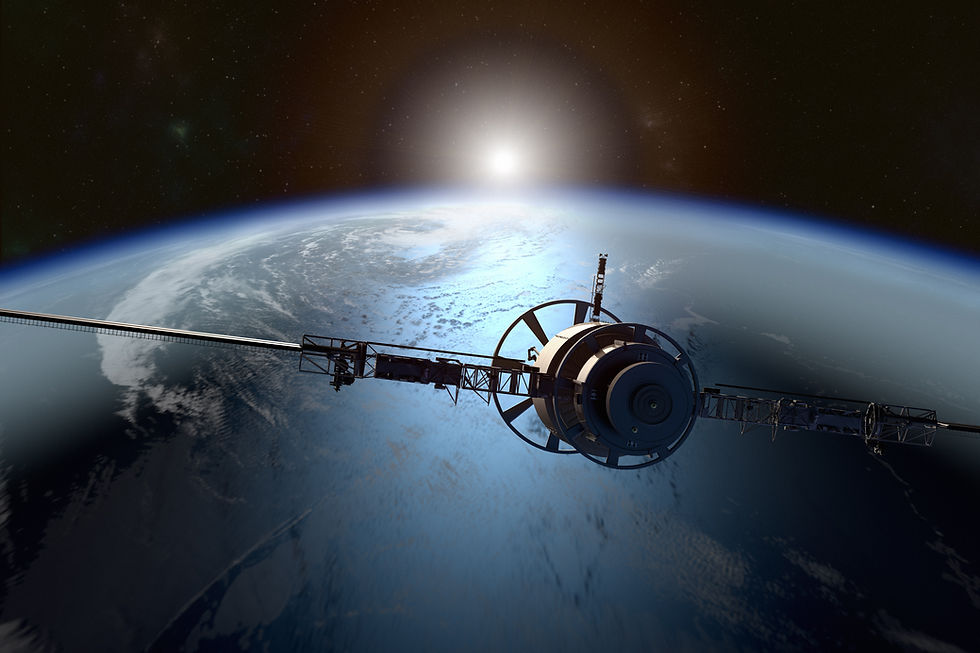Why our oceans need to be protected now more than ever
- Teenspire Global

- Nov 17, 2020
- 3 min read
When the blue fades, when seawater turns brown and coral reefs turn translucent, when underwater grasslands go dry and life dies underneath the water, we know we have more trouble in our waters than ever before.
According to (Greenpeace, 2020) it is currently estimated that, from plastic bottles and bags to microbeads, up to 12 million tonnes of plastic ends up in our oceans per year. Our sea is becoming a synthetic broth, which has a detrimental impact on the life of the sea.
Plastic bits of all sizes are consumed by sea creatures mistakingly as food and end up blocking their bowels. Plastic reaches all layers of the food chain of the sea - from small zooplankton to whales - and in all geographies from uninhabited Pacific Islands beaches to Florida. It is also currently resting at the bottom of the ocean and in the frozen ice of the Arctic.

As per the National Geography reports (N.geography, 2020), the protection of the world's oceans is endangered by human activities. Nearly 80% of underwater contamination is caused by industrial activities. Sewage and other drainage get emitted into the ocean from manufacturing and industrial plants. Nearly a third of the harmful contaminants and pollutants in marine and oceanic environments are air borne. Entire aquatic environments are getting affected by underwater bleaching and rising sea levels.
Global climate change has also altered the chemical conditions in the sea and ocean systems thereby affecting many aquatic animal species that are incapable of dealing with higher temperatures. Global warming is also contributing to an increase in water levels affecting marine population centers.
In certain parts of the world, overfishing is a big concern. Conservators support the creation of large underwater parks to preserve the ocean's ecosystems given there has been a breakdown of the ecological balance with the influx of species like toxic alges, cholera, numerous plants, and animals.
There is a reduction in fish stocks globally (Troya, 2020). Around 80% of fisheries are perishing and many species have become extinct. The number of dead zones is growing rapidly, and the oceans will have more plastic than fish by 2050.
Unfortunately, our oceans do not attract the same budgets and attention as space exploration (Stone, 2020). Instead of examing the problem and trying to uncover solutions, over the years, we have chosen to ignore our coastline and our ports. Since the 1970s, a great deal of destruction has been done by expanding coastal areas around the world, damaging beaches, salt-marshlands, and mangroves along the way. In this time our population rose from four to over seven billion and the demand for products grew with the expanding middle class. The packaging waste, tar, plastic, and other toxic substances we consumed and disposed of, found their way to our oceans.
Plenty of solutions have been implemented by the government and various organizations, but we all need to contribute to saving our oceans. Every person can make a difference by monitoring their carbon emissions and reducing energy usage. Making the right choices when selecting what seafood ensuring your choice is nutritious yet is not comprising already over-exploited species of aquatic life.
Reducing plastic consumption is vital, as eventually, it becomes ocean waste contributing to habitat loss, intrusion, and destruction each year of tens of thousands of marine animals. Bring a reusable bottle of water, pack food in unreserved cans, bring your own reusable bag for shopping, and recycle when necessary. Stop buying things like coral gemstones, tortoiseshell hair accessories, and shark products.
If you live on the beach, join a nearby branch or community, and participate in near-home ventures using responsible boating, kayaking, and other water sports. Don't dump anything and be mindful of sea activity through the seas surrounding you. Teach yourself and your community about sea life and the oceans, share this awareness and encourage others.
In light of the dire situation, the Ocean conference at the United Nations headquarters (Troya, 2020) discussed the aquatic contamination, the decline in fishing, the depletion of maritime and marine ecosystems, and the disappearance underwater.
It was outlined that governments must aim to conserve at least 10% of the coastal and marine regions and prohibit certain types of fishing aid which contribute to overproduction and overfishing.
It is encouraging that UNDP and the Global Facility on The Environment (GEF) are working together to address key aspects of the market forces which facilitate overfishing. Another important area of discussion is building frameworks to strengthen the governance in regions that share large marine ecosystems (LMEs) such as the Caribbean Sea and the current system of the Humboldt. The framework is intended to promote equality, access, development, and distribution of aquatic resources, ensuring their conservation and sustainable use.
In conclusion, we have to act before the blue disappears and preserve the salty water which covers most of our planet to care for us.
.jpg)






Comments